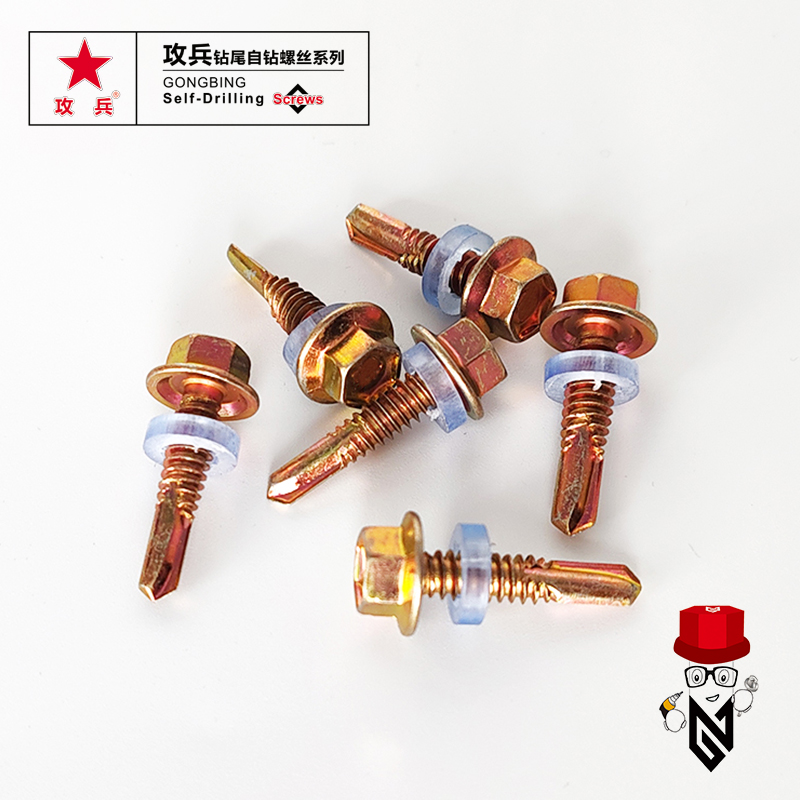Understanding the Mechanics and Applications of Double Ended Threads in Engineering
Understanding Double Ended Threads A Comprehensive Overview
Double ended threads, often referred to as double-ended studs or bolts, are essential components in various engineering and construction applications. These threaded fasteners feature threads on both ends of a cylindrical rod, allowing them to be anchored in two different components simultaneously. Their versatility and unique design make them invaluable across multiple industries, including automotive, aerospace, construction, and manufacturing.
Design and Functionality
The primary purpose of a double ended thread is to create a strong connection between two parts. Unlike traditional bolts, which have a head on one end, double ended threads are designed with threads running along the entire length, allowing for ample adjustment and flexibility in assembly. This design typically includes a smooth shank in the center, facilitating easy insertion into pre-drilled holes or components.
One of the most common applications of double ended threads is in securing structural frameworks, where two metal beams may need to be joined securely. By threading a double ended stud through openings in both beams, engineers can reap the benefits of a strong, stable connection while minimizing the need for external fasteners or supports.
Varieties of Double Ended Threads
Double ended threads come in various designs and materials to meet specific requirements. Standard variations include
1. Full Threaded Both ends are fully threaded, allowing for maximum versatility in use but may not always be appropriate for all applications due to the potential for reduced shear strength.
2. Partially Threaded One end is partially threaded, enhancing stability and strength in particular applications. This design can help to prevent shear and bending stresses, making it more suitable for high-load scenarios.
double ended thread

Additionally, materials used for double ended threads range from stainless steel and carbon steel to plastics and composites, depending on the application’s specific needs, such as corrosion resistance, weight considerations, and cost efficiency.
Advantages of Double Ended Threads
Double ended threads provide several advantages that make them superior to other fastening solutions. These benefits include
- Ease of Installation The simple design allows for quicker assembly and disassembly, making them a preferred choice in dynamic environments where adjustments may be necessary.
- Space Efficiency With no need for heads, double ended threads save space, enabling tighter assembly configurations, particularly in machinery and compact designs.
- Strong Load Distribution The ability to thread into two separate components ensures that loads are evenly distributed, minimizing the risk of failure and enhancing the longevity of the connection.
Applications Across Industries
The versatility of double ended threads means they find applications in various sectors. In the construction industry, they are commonly used for anchor bolts, enabling secure connections for structures and reinforcing elements. In the automotive sector, double ended bolts are essential in engine components and chassis assemblies, where vibration resilience is crucial. In aerospace, their lightweight nature and strong bonding capabilities allow for enhanced design flexibility and reliability in aircraft manufacturing.
Conclusion
Double ended threads are a vital yet often overlooked component in numerous settings. Their unique properties, including dual-ended threading, ease of installation, and load distribution benefits, make them indispensable in modern engineering and construction practices. As technology advances and industries evolve, the demand for efficient and reliable fastening solutions like double ended threads will continue to grow, ensuring their place in the future of manufacturing and design. Understanding their properties and advantages can help industries leverage these fasteners to enhance product performance and longevity.
-
Weatherproof Plastic Expansion Anchors for Outdoorവാർത്തJun.06,2025
-
Sustainability in the Supply Chain: Eco-Friendly TEK Screws Productionവാർത്തJun.06,2025
-
Load-Bearing Capacity of External Insulation Fixingsവാർത്തJun.06,2025
-
Double Head Bolts: Enhancing Efficiency in Industrial Machineryവാർത്തJun.06,2025
-
Corrosion Resistance in Chipboard Screws: Coatings for Wholesale Durabilityവാർത്തJun.06,2025
-
Butterfly Toggle Bolts : Enhancing Structural Resilienceവാർത്തJun.06,2025
